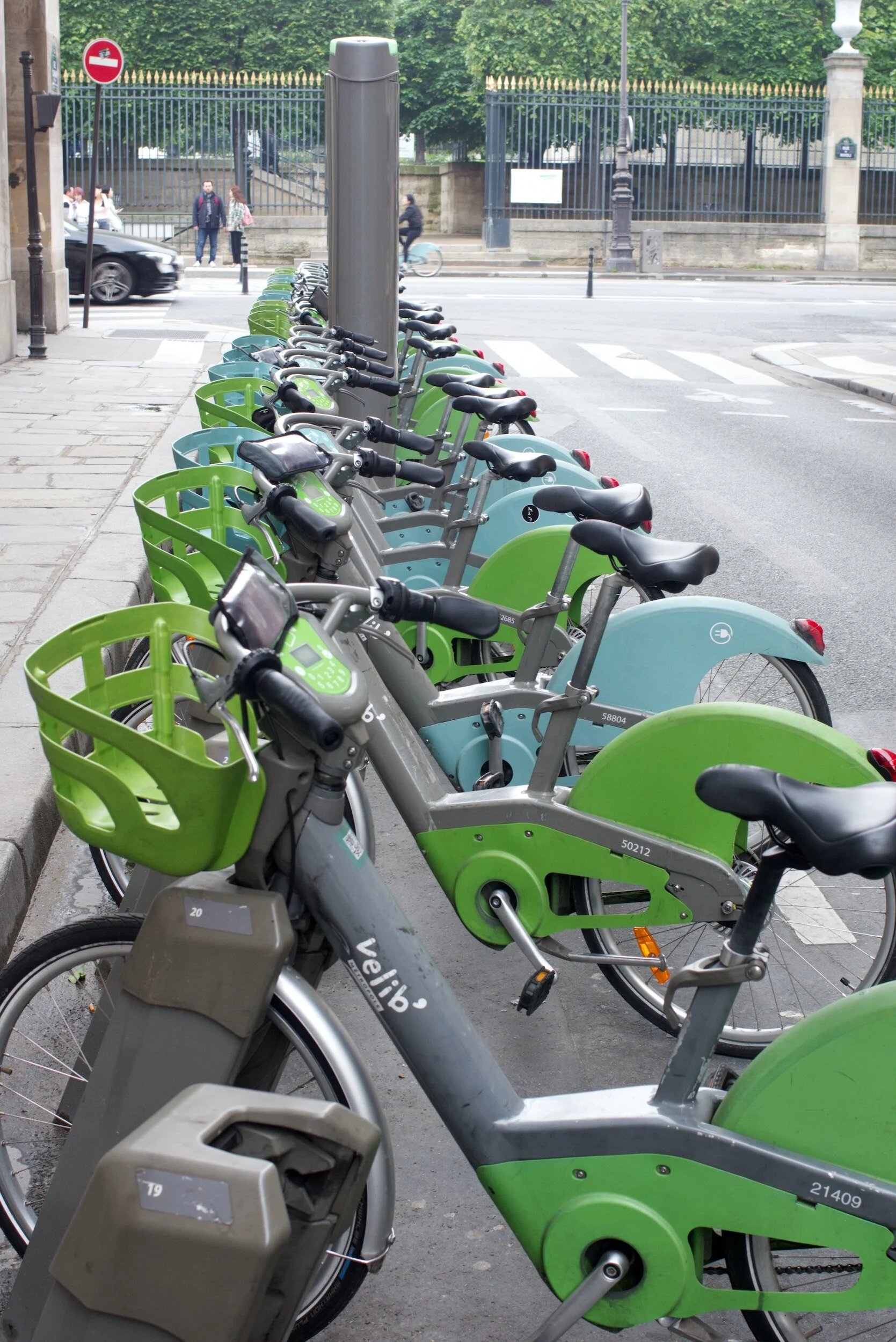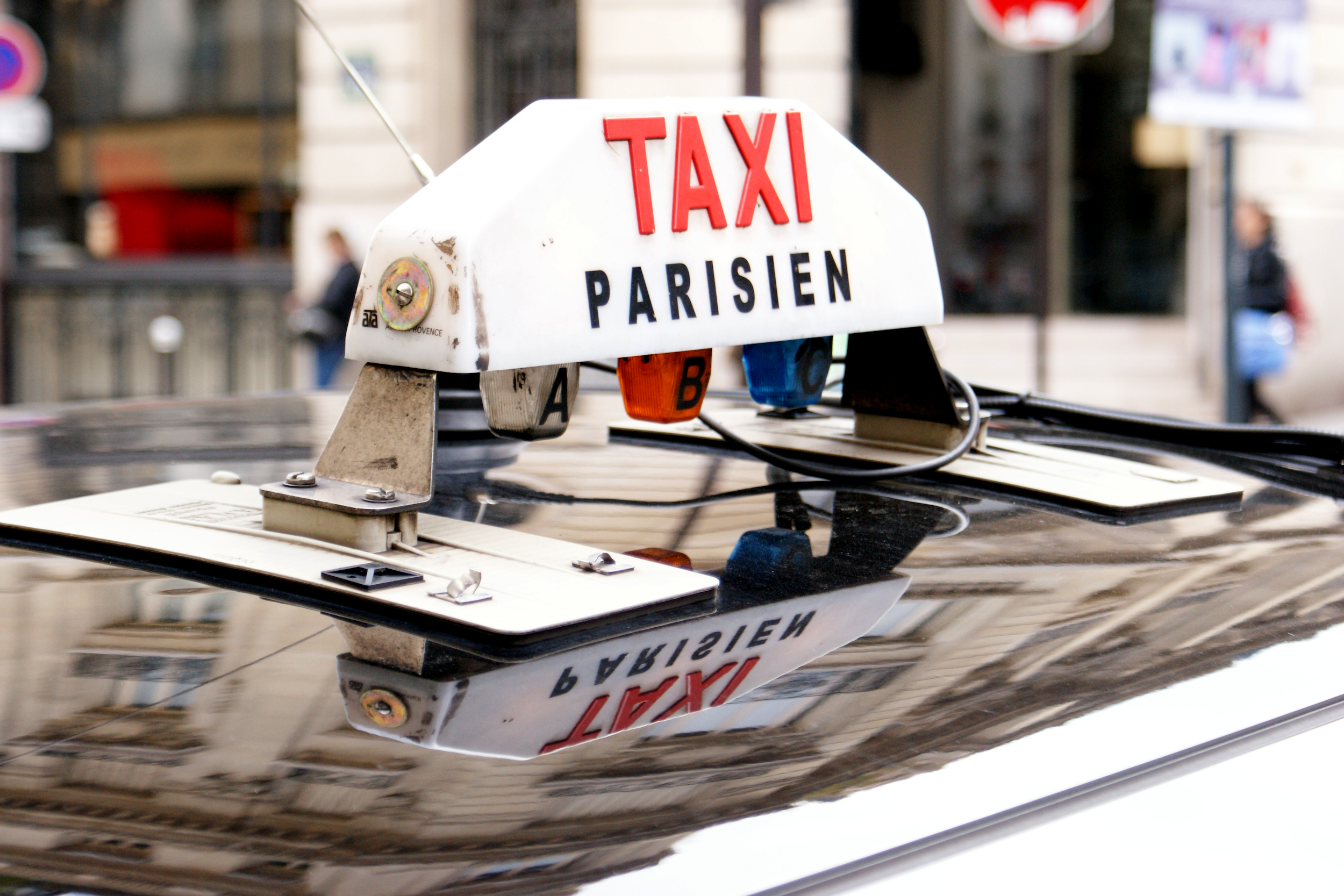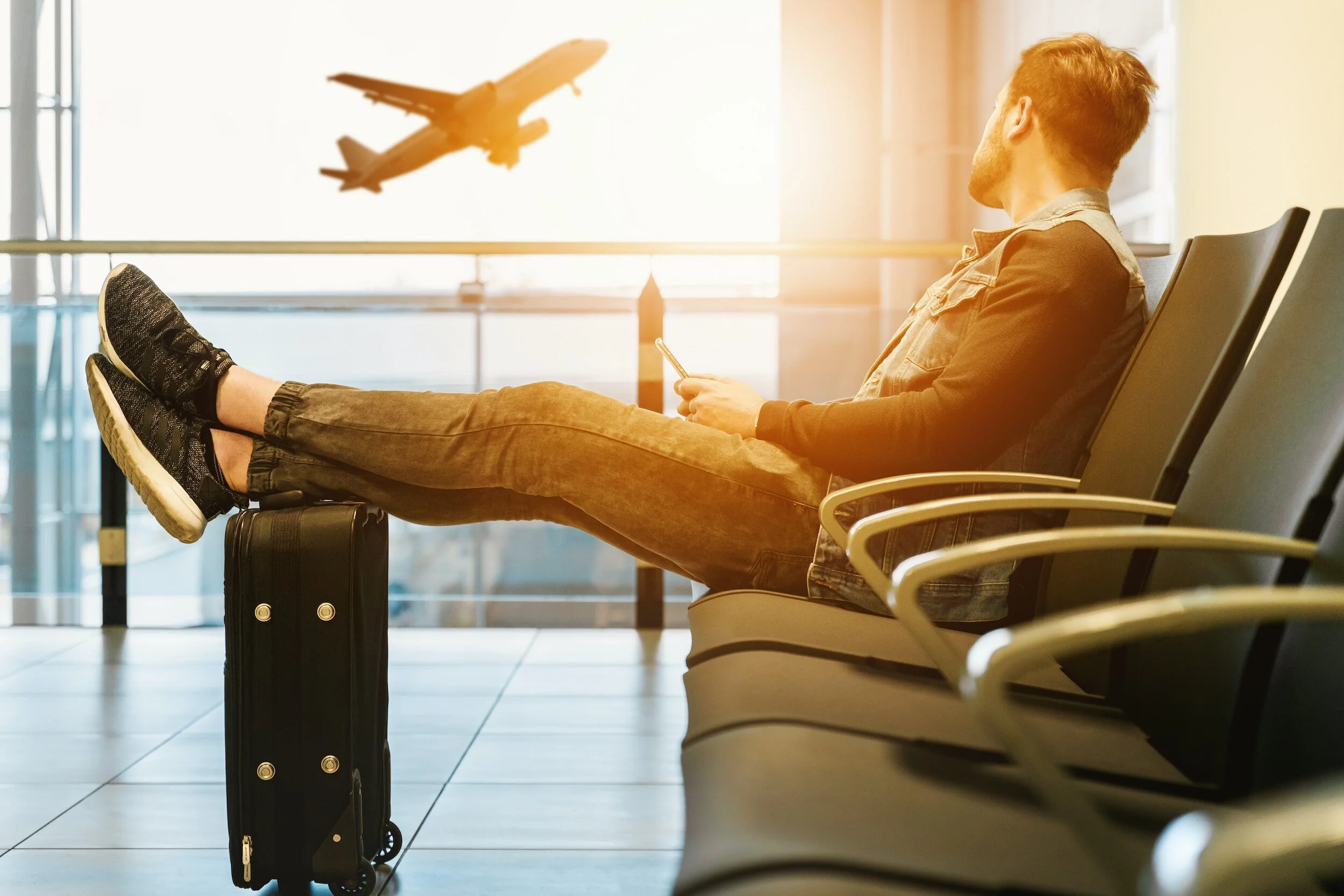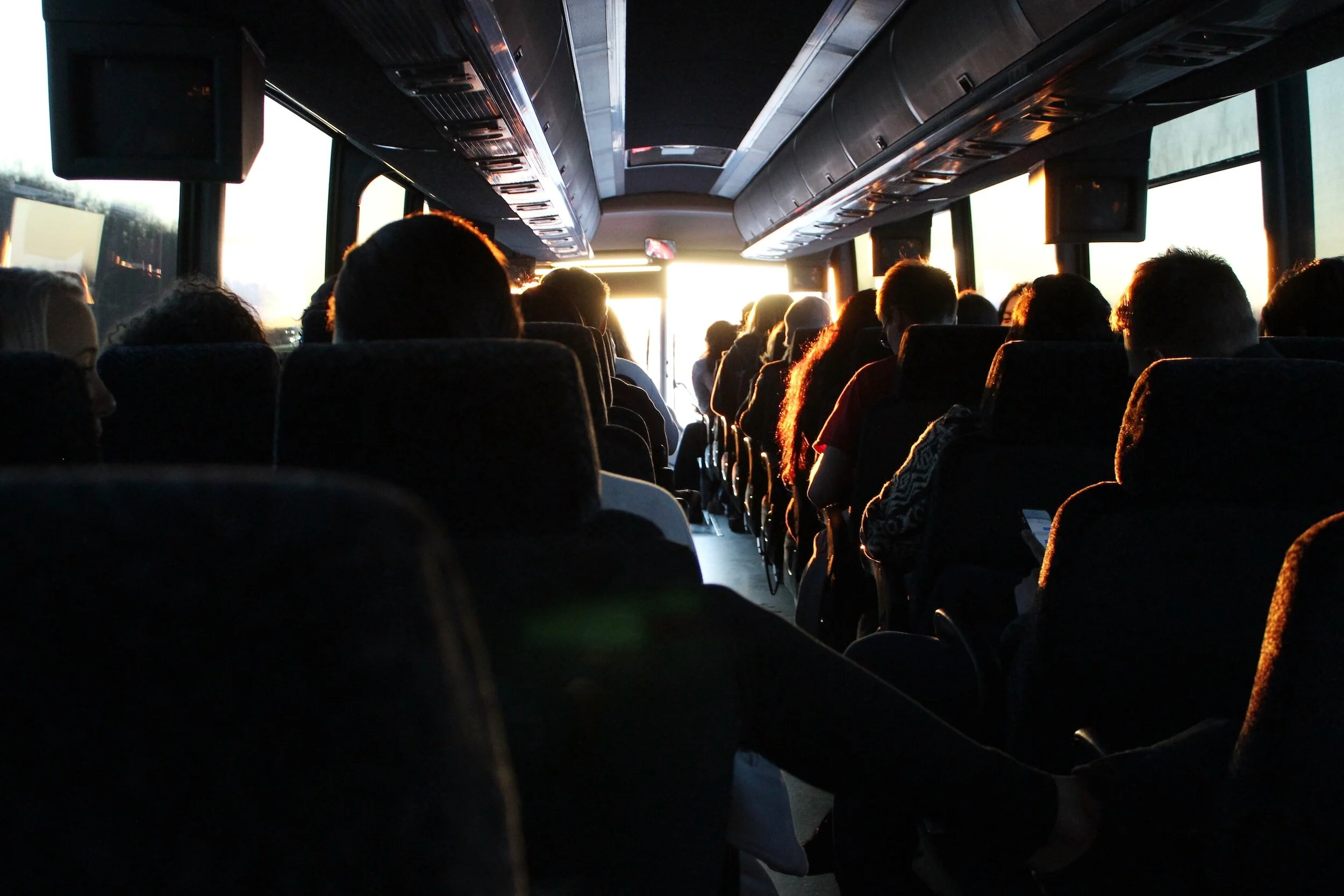
Transportation
Paris has a fantastic network of public transport that’s affordable and allows you to quickly travel across the city to spend time in your favorite cafes, bars, and parks. You can buy one-way tickets or weekly, monthly, and yearly passes at student discounts.
TRANSPORTATION PASSES
One-way tickets and sets of ten tickets (called carnets) can be bought for 2.10€ and 18.09€ respectively at most metro stops and buses. If you’re a student under 26 years of age, you can also apply for a year-long Imagine R card at is discounted and gives you unlimited access to Paris transportation. If you’re over 26, the Navigo pass is an unlimited transportation pass that you refill weekly, monthly, or yearly.
You can apply for the Imagine R card online on Navigo.fr
The metro and bus
The Paris metro system is simple to use and will let you cross the city without getting caught up in rush hour traffic. Open from around 05:00 in the morning to 01:00 at night, later on the weekends, fourteen metro lines service all areas of the French capital. Just locate your stop on the metro map and hop on the right metro line in the direction of your destination; it’s as easy as that. There are also various applications to help you navigate both the metro and bus systems.
The bus system functions much like the metro system. You need a ticket or a Navigo to ride it and you are asked to validate it when you get on the bus. The advantage of the bus system is that a bus line may get you closer to your destination than the metro does, so always check your bus map before heading out. Taking the bus can be more direct, but you risk getting caught in traffic during rush hour.
The public bike system
Paris is one of the first major European cities to have an easy-to-use bike rental system. The Velib bikes allow you to pick up a bicycle at one of the hundreds of Velib stations, pedal across Paris, and drop it off at another station for a reasonable price. There are even iPhone and android applications to show you bike availability in real time. The Velibs are a great way to quickly get from one place to another, but we urge you to be extra careful when cycling through the busy Paris streets!
Different payment options are available for Velib. A one-day pass only costs 1.70€ and the first 30 minutes are free for each rental. You can also buy an annual pass with the same conditions for 29€. You just add your subscription to your Navigo or Imagine R card to use any Velib station.
Parisian taxis Do’s and don’ts
Parisian taxis are another great way of getting around the city if you don’t want to take public transport. Taxi stops can be found all around the city or you can try to flag down available taxis, which are indicated by the green light on top for new taxis. For older taxis, the main taxi light on top will be lit up if it is available.
Uber has revolutionized the Paris taxi service, they offer uberPool, a carpool service, uberX which is their usualy car service, Berline which is the luxury service, and the Van, for more than four passengers. Downloading the Uber app allows you to call a car directly to your location which is then charged to the credit card on your account, no cash needed. Their luxury car service will frequently have bottles of water and candies for your late-night snack.
Geting to the airport and back
There are several options for you to get to Paris’s two major airports, Orly and Roissy Charles de Gaulle. Catching a taxi to Orly, which is in the South of Paris, will cost you about 30-50€ depending on your location. Getting to Charles de Gaulle in the North will cost about 50-60€. If you plan ahead, you can also order an airport shuttle at a reduced price.
Using public transport will be significantly cheaper.
You have several options to get to Charles de Gaulle, the RER B line is a direct rail link between Paris (Denfert-Rochereau, Saint-Michel-Notre-Dame, Châtelet-Les-Halles, Gare du Nord) and Paris-Charles de Gaulle Airport. A free CDGVAL shuttle connects the stations with the airport terminals. Journey time:
• Approx. 25 minutes from Gare du Nord
• Approx. 28 minutes from Châtelet-Les-Halles
• Approx. 35 minutes from Denfert-Rochereau.
• Fares: €11.40 (forfait Navigo, zones 1-5 accepted)
Travelling in France
There are many ways to travel in France. Plane, train, car: there is an embarrassment of choice. As a student, you may qualify for discounts that let you travel without going broke.
Taking the train
Taking theGetting from Paris to Lille or Lyon to Marseille in one hour? It's possible by TGV ( High Speed Train). Even London is only three hours from Paris. France has one of the most effective rail networks in the world. It is managed by the SNCF (Société Nationale des Chemins de Fer français – French National Railway Company). Its mobile application lets you reserve tickets without having to print them out.
Travelling by plane
There are about 45 airports connecting the different cities in France. From Paris Orly or Paris Charles de Gaulle, the Paris airports, you can get to Nice, Toulouse, Lyon, Marseille, Strasbourg and Bordeaux in just over an hour.
There are many low-cost airlines in France. Air France also has a low-cost subsidiary, Transavia, and has created Hop!, a subsidiary specialised in domestic flights. It offers a youth card for those aged 12-24 and a weekend card starting at 69 euros.
Going by bus or by car
The bus goes to lots of destinations in France and Europe with very attractive fares. Unlike the train, the price remains low even at the last minute. Reclining seats, Wi-fi, electric sockets: buses are getting more comfortable with each passing year. You can reserve your tickets from the following companies: Ouibus, Isilines and Flixbus or use the comparison site Comparabus.
Driving in France
Visiting the back country around Toulouse and cruising through the moors of Brittany is much easier by car. You can drive in France if you have a European driver's licence or an international driver's licence (if you are not European).
Got your own car? You have the right to bring it to France and drive it here. The French drive on the right with the steering wheel on the left, and seatbelts must be worn in front and in back. You do not have the right to use a mobile phone while driving, even with a hands-free kit. For safety reasons, there must be a reflective safety jacket, a warning triangle and two breathalyser tests in the car. In fact, remember if you drink, don't drive!
Tips
Good deals when travelling by train
Billets Prem's: on sale for regular lines three months before the departure date, these tickets are relatively cheap.Ouigo trains: these lowcost trains go to stations well away from town centres, but the stations are still accessible by public transit.
The troc des trains: on this legal train ticket resale site, you can find cheap, lastminute tickets.
The carte Jeune: reserved for young people under 28 years of age, it costs 50 euros per year and gives you a discount of at least 25% off all trains.
The TGV Max subscription: also reserved for young people aged under 28, the monthly 79-euro charge lets you take the TGV as much as you want, subject to certain conditions.
The Pass Interrail: this single ticket lets you travel freely by train in over 30 countries in Europe.
Good ways for travelling by car when you don't have one
Renting from individuals: Drivy, Ouicar and Koolicar put those needing a car in touch with those looking to rent theirs. These rentals have fewer restrictions than rental agencies, in particular when it comes to renting to drivers with a foreign licence.
Car-pooling: an economical, friendly and very popular solution in France. It's a great way to get around and will give you the chance to practise your French. The Blablacar application is the reference for the sector in France.








